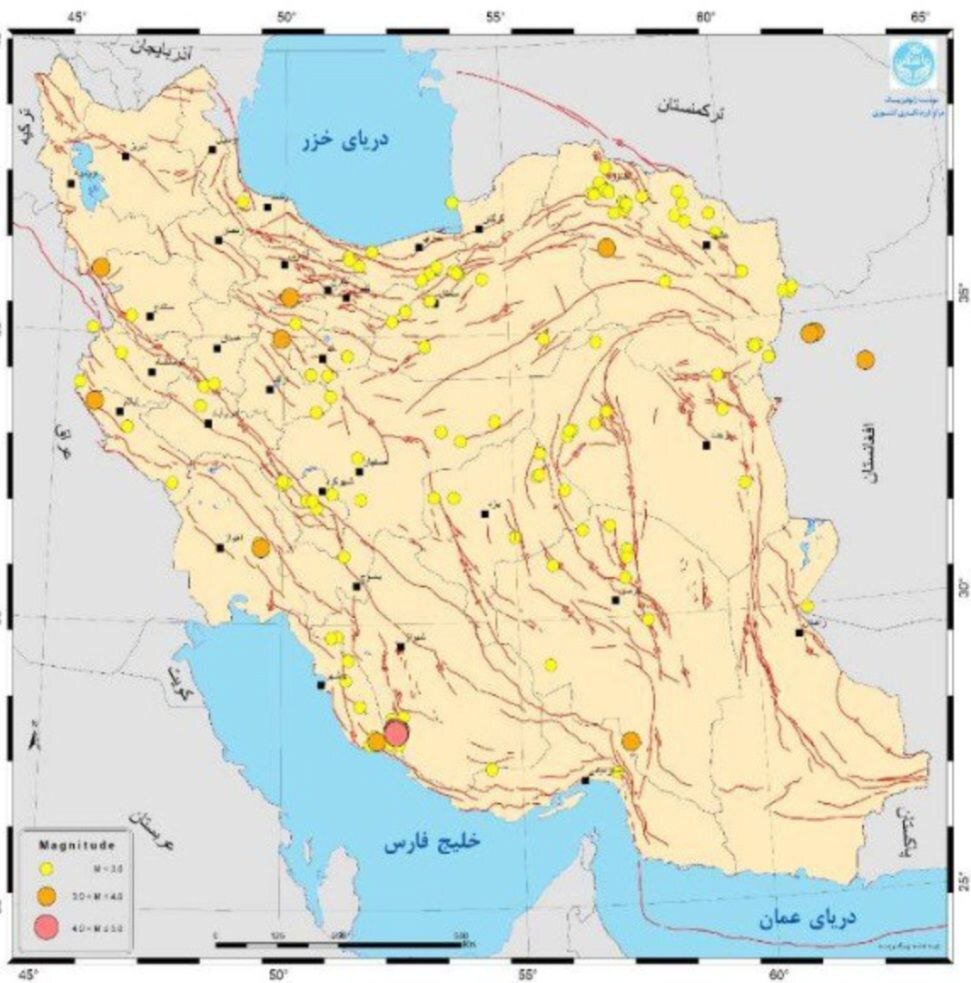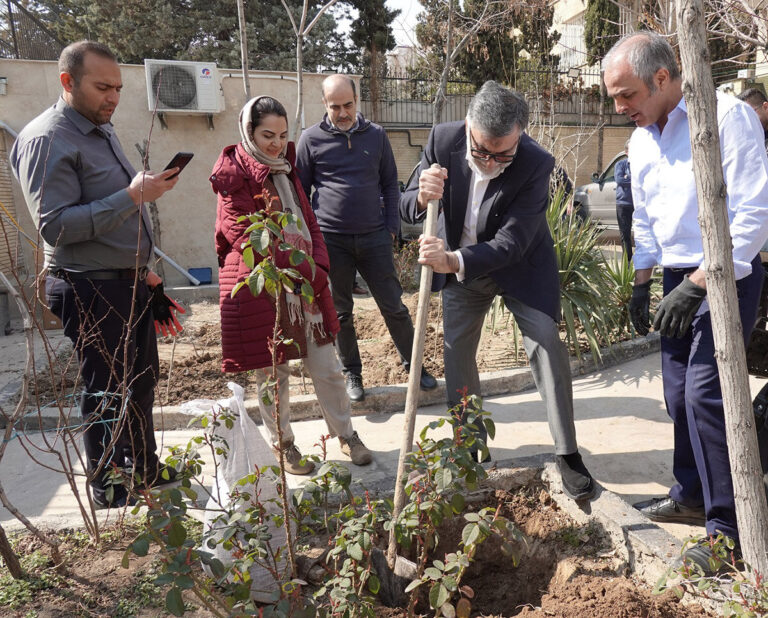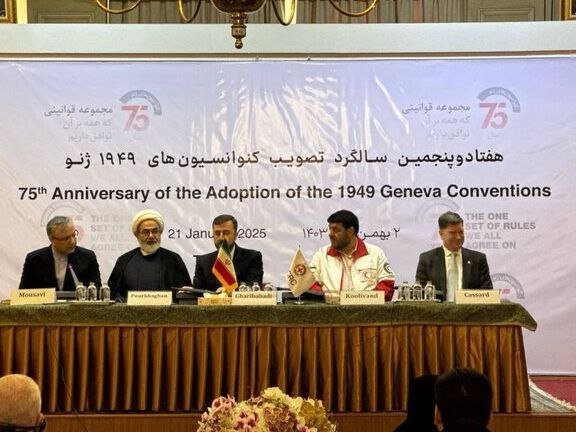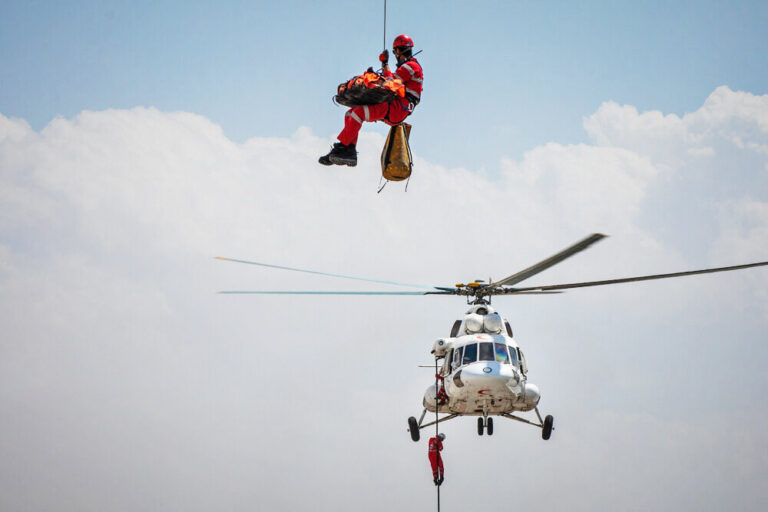Seismic Surge: 165 Earthquakes Rock the Region in Just One Week!
The recent seismic activity in Iran has raised eyebrows, as the country recorded a total of 165 earthquakes during the third week of Bahman, the 11th month of the Iranian calendar, which spans from February 1 to February 7. According to the seismological networks of the Institute of Geophysics at the University of Tehran, this considerable number of quakes highlights the ongoing seismic challenges in the region.
Breaking down the data, the report indicates:
- 139 earthquakes with magnitudes of less than 3
- 24 earthquakes with magnitudes ranging from 3 to 4
- 2 earthquakes with magnitudes between 4 and 5
The most significant quake during this period was recorded on February 4, with a magnitude of 4.2 on the Richter scale. The epicenter of this earthquake was located in Bushehr province, a region known for its geological instability.
Among the provinces, Bushehr experienced the highest seismic activity, with a total of 34 earthquakes, including 18 that occurred specifically in Jam county. The provinces with notable seismic activity include:
- North Khorasan – 19 earthquakes
- Khorasan Razavi – 17 earthquakes
Interestingly, during this week, no earthquakes were reported in several provinces, including:
- Tehran
- East Azarbaijan
- West Azarbaijan
- Ardabil
- Alborz
- Kohgiluyeh-Boyerahmad
The Iranian plateau is situated in a highly seismically active region of the world, making it prone to significant earthquakes and other natural disasters. It is noteworthy that while approximately 2 percent of the world’s earthquakes occur within Iran, the country accounts for over 6 percent of the global earthquake-related fatalities during the 20th century. This stark statistic underscores the devastating impacts that seismic events can have on the population and infrastructure.
The Institute of Geophysics emphasizes the importance of monitoring seismic activity in Iran, given the country’s vulnerability to earthquakes. Researchers and scientists continually study the patterns and frequencies of seismic events to better understand their implications for public safety and urban planning.
As Iran continues to contend with these geological challenges, it remains critical for residents and officials to stay informed and prepared for potential seismic activity. Understanding the risks associated with earthquakes can lead to better preparedness and response strategies, ultimately saving lives and minimizing damages.
In conclusion, the seismic activity recorded in the third week of Bahman serves as a reminder of Iran’s position in one of the world’s most active earthquake zones. As the country seeks to enhance its resilience against natural disasters, ongoing research and public awareness will be essential in mitigating the impacts of future earthquakes.






